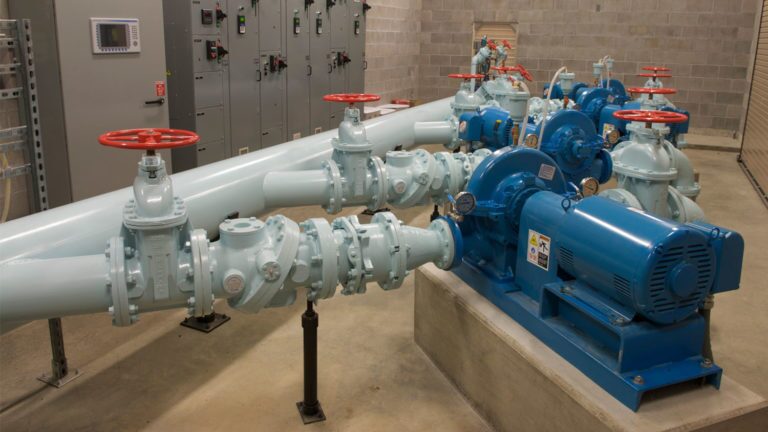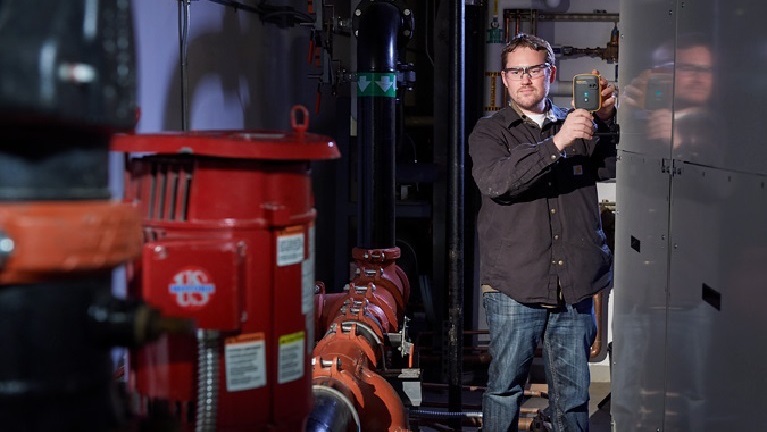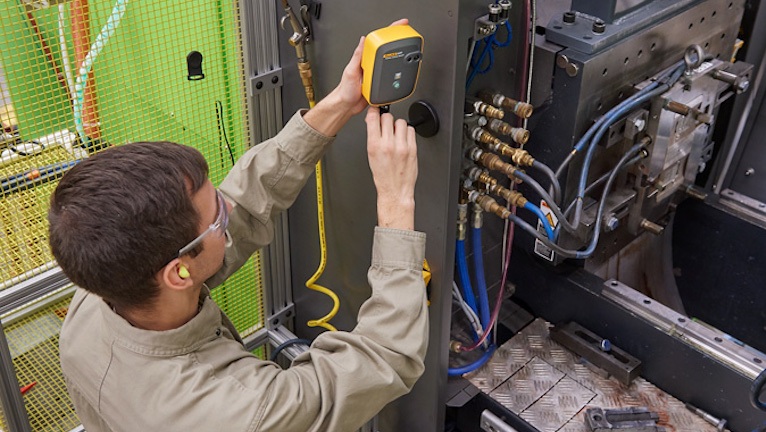How does thermal imaging technology benefit from remote monitoring?
Incorporating predictive measurement capabilities like thermal imaging into your reliability program allows you to have a proactive response to potential breakdowns or other issues with equipment down the line and eliminate costly downtime. Adding remote monitoring to those infrared sensors enables you to capture thermal images of your equipment, optimize labor costs and improve your ROI. In other words, performing condition monitoring with thermal imaging technology enhances your facility’s overall reliability. This type of technology also allows you to:
- Conduct real-time remote monitoring of heat patterns for improved decision making
- Add a “scanning” layer to your tiered proactive maintenance program with remote monitoring thermal imaging sensors
- Utilize versatile, portable thermal imaging sensors that track trends and thermal conditions to detect and predict faults
- Take advantage of alarms that are generated when preset limits are exceeded
Thermal imaging is condition monitoring that has historically been carried out with handheld devices. In addition to these devices, connected, semi-fixed, wireless technologies, thermal imaging sensors have emerged. Contact-free, wireless technology is safer for personnel and processes because it is noninvasive and requires no shutdowns. Valuable data can be saved and trended in the cloud.
These sensors can be used to monitor:
- Motors and drives
- Pumps and compressors
- Process instrumentation
- Small transformers
- Pre-commissioning activities
Maintenance and reliability programs can reap many benefits from using wireless infrared sensors to monitor asset health. The areas of a plant where it can be leveraged are:
- Troubleshooting
- Data collection
- Mobility and flexibility
Read these articles on wireless thermal imaging and thermal monitoring with wireless sensors to learn more. And check out our infographic to learn more about remote monitoring with thermal imaging technology.






